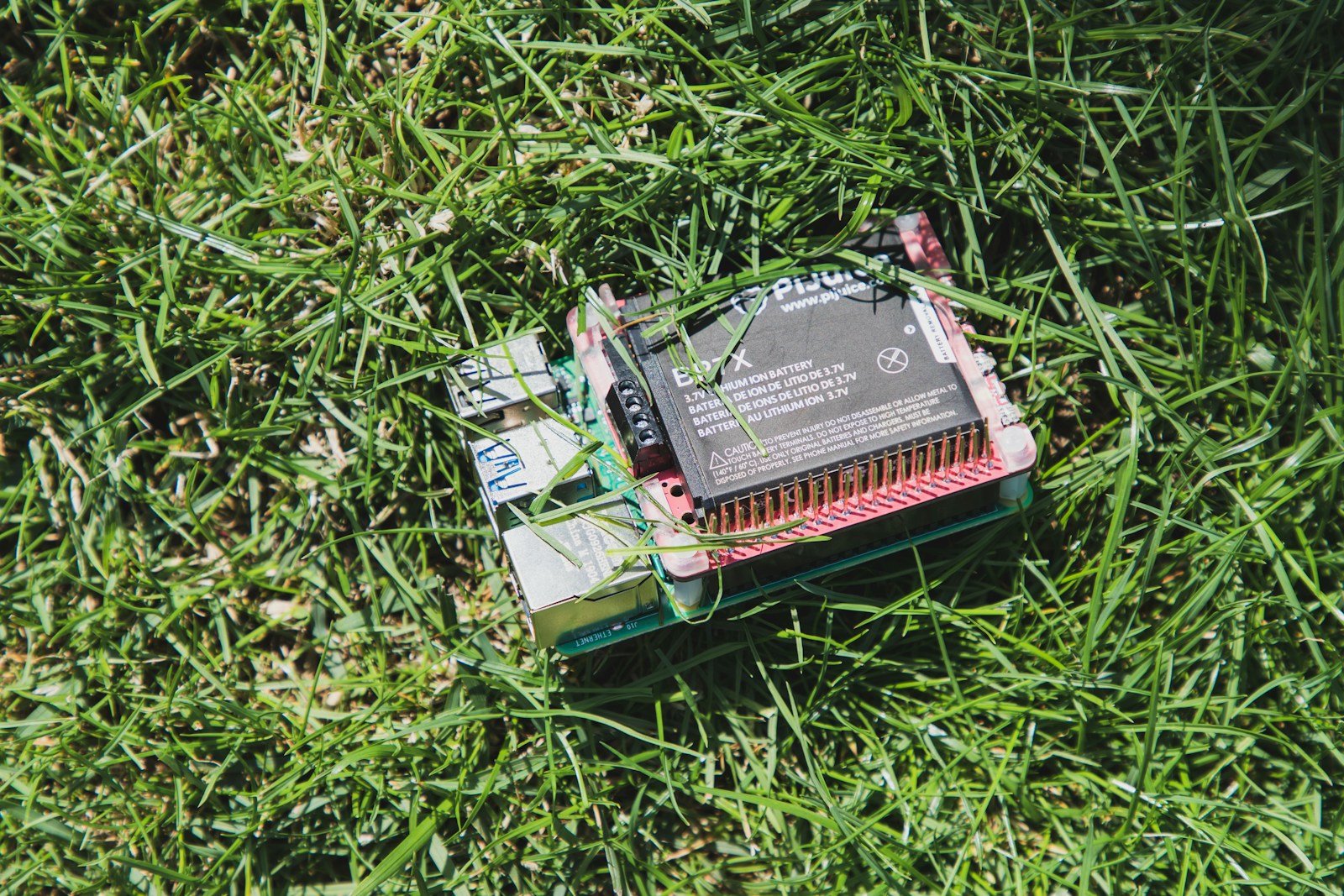How technology companies are becoming sustainability-led
Tech has brought about the climate crisis but now offers myriad solutions. But what about the industry itself? Here’s an inside look at how the sector can clean up its act.
With e-waste and packaging waste still growing rapidly worldwide, embracing sustainability has become an urgent priority for every company in the technology space and beyond. Doing so requires a top-down view of how products are made, how they are used, how they are packaged, and how they are managed at their end of life.
The technology industry has been engaged with these issues for many years, through circular economy approaches and careful thought around everything from packaging to shipping. Small steps, such as using materials like biobased packaging or closed-loop recycled content, can add up to make improvements in the environmental impact of the technology we use every day.
Business leaders must first understand their organisations and their impact, choose science-backed and standardised ways to measure impact and progress, take action, and be transparent about their results. Becoming sustainability-led will require a wide-ranging approach to every aspect of an organisation’s own operations and value chain, from the packaging products that are shipped, to how the organisation interacts with the wider world on sustainability issues.
Measuring success
One of the key steps is for technology companies to move beyond ‘marking their own homework’ when it comes to sustainability. Organisations should partner with globally recognised and scientifically backed organisations to achieve long-term sustainability goals. The Science Based Targets initiative and its Net-Zero Standard offers a way for organisations to validate their net-zero goals in a science-backed way. At Lenovo, we have set goals to reduce our ‘Scope 1 and 2 emissions’ by half by 2030, and also to reduce emissions in our value chain by 25%, as part of our drive to achieve net-zero by 2050. For every organisation, the time to act is now.
A circular approach
The circular economy and a ‘design, use, return’ approach to products can yield big returns in terms of sustainability. Today, most organisations (89%) recycle less than a tenth of IT hardware, recent research has shown. Moving beyond this linear ‘make, use, destroy’ cycle can support extending the lifespan of technology products, with take-back programs where products can be reused and recycled.
Business leaders also need to think big when it comes to what happens at the end of a product’s working life and engage with Asset Recovery Services (ARS). Today, there are many numbers of ways to extend the lifespan of technology products, such as including refurbishment and use, or recycling to recover value from parts and materials.
Even the small details matter
Likewise, details matter when it comes to shipping. Business leaders should consider the use of sustainable fuels or carbon optimised transportation options as well as reducing packaging. For instance, by shipping servers already in the rack, rather than packaging each server node and each rack separately. Organisations such as the Circular Economy Partnership access organisations’ circular economy opportunities and impacts, offering new ways to tackle plastic waste and the emissions from packaging.
More features:
The Englishwoman who bought a mountain and planted 250,000 trees
Biodiversity Net Gain is now active policy, here are its limitations

















